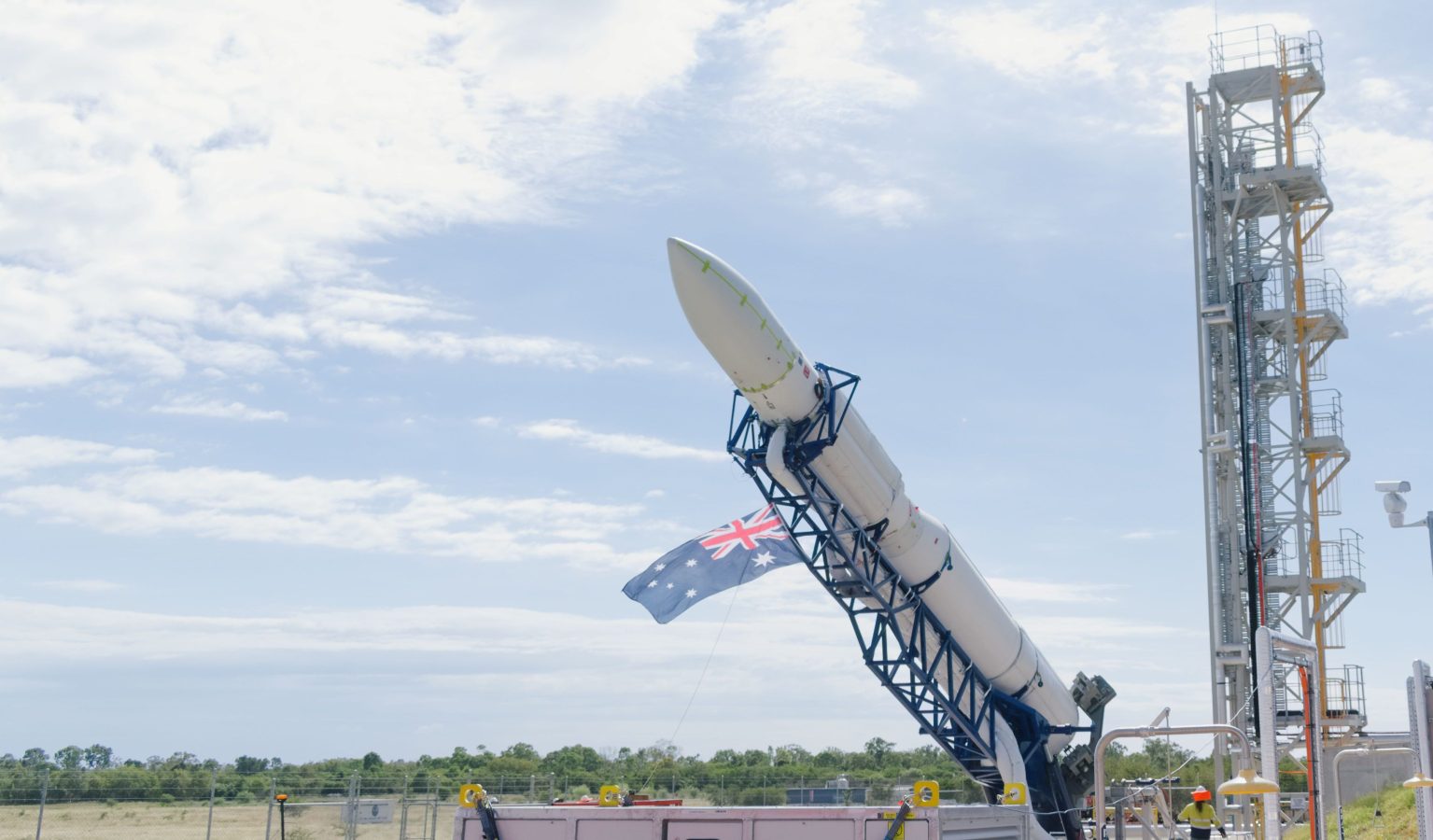A near-Earth asteroid as wide as the Statue of Liberty is tall has been discovered that could strike Earth in 2032. It’s triggered a rare warning by the International Asteroid Warning Network, which NASA chairs.

Key Takeaways
- There’s a 1.3% chance that asteroid 2024 YR4 could strike Earth, according to calculations by NASA’s Jet Propulsion Laboratory, which suggest that any collision will occur on Dec. 22, 2032. However, Sky and Telescope is reporting that the chances of a collision could be as high as 6%, according to calculations by Sam Deen, a California-based amateur astronomer.
- 2024 YR4 is only the second asteroid whose impact risk has reached greater than a 1% chance. The other is asteroid 99942, better known as “Apophis” — named after the Egyptian god of chaos — which may potentially threaten Earth in 2029, 2036 or 2068.
- 2024 YR4, which is reckoned to be between 100 and 300 feet (40 and 90 meters) wide, was discovered on Dec. 27, 2024, by the Asteroid Terrestrial-impact Last Alert System, an asteroid impact early warning system developed by the University of Hawaii in Río Hurtado, Chile and funded by NASA.
- Its size and trajectory are enough to activate the two United Nations-endorsed asteroid reaction groups, IAWN and the Space Mission Planning Advisory Group.
- An asteroid this size impacts Earth on average every few thousand years and could cause severe damage to a local region, according to the European Space Agency’s Planetary Defence Office, which has installed 2024 YR4 at the top of its asteroid risk list.
- “Severe blast damage” could result as far as 50 km from the impact site if 2024 YR4 is close to being 100 feet (90 meters) in diameter and does strike Earth on Dec. 22, 2032, with the “risk corridor” calculated to be across the eastern Pacific Ocean, northern South America, the Atlantic Ocean, Africa, the Arabian Sea, and South Asia, according to IAWN.
- John Tonry, an astronomer at the University of Hawaii, told Scientific American that the blast could be equivalent to a 10-megaton bomb. “Everything within three or four kilometers would be incinerated. Everything out to maybe 10 kilometers is smashed,” he said. “It would kill a lot of people if they haven’t moved out of the way.”
- However, IAWN is keen to stress that, for now, an impact scenario remains unlikely. “While there is large uncertainty in whether the asteroid will impact Earth if an impact occurs, it will be on this date,” reads IAWN’s notification, which also stressed that “there is almost a 99% probability that 2024 YR4 will safely pass by Earth on this date.”
- Follow-up observations, including those of the European Southern Observatory’s Very Large Telescope, have found that 2024 YR4 has an almost 99% chance of safely passing Earth. However, according to ESA, a possible impact cannot yet be entirely ruled out.
Key Background
2024 YR4 is an Apollo-type asteroids — those objects whose orbit crosses the orbit of Earth — that itself orbits the sun every four years. While a 1.3% chance of a collision may sound small, this probability level is more than enough for astronomers to take seriously. Asteroid 2024 YR4 is rated at Level 3 on the Torino Impact Hazard Scale, a tool astronomers use to categorize potential Earth impact events. The Torino Scale runs from 1 through 10.
Astronomers need more data on 2024 YR4 to refine its exact orbit, after which it could drop off the Torino scale and be considered safe. The asteroid is visible from Earth through April 2025. After that, it won’t be possible to observe again until June 2028. To get more data on its size, astronomers must make deep space radar observations, thermal infrared observations, or take images from a spacecraft that could closely approach the asteroid, suggests IAWN. However, 2024 YR4 will be too distant for radar observations until 2032, when it could strike Earth.
With an impact unlikely to be ruled out until at least 2028, IAWN and SMPAG will likely need to make plans to mitigate the possible threat.
Asteroid Apophis
Asteroid 99942 Apophis, about 1,200 feet (370 meters) wide, is classified as a “city killer” due to its size, which surpasses 90% of known asteroids. Initially considered a potential threat when discovered in 2004, Apophis was thought to have a 2.7% chance of colliding with Earth in 2029, 2036, or 2068. In 2021, NASA ruled out these collision risks after refining its trajectory, but recent simulations have revived some concerns.
On Apr. 13, 2029, Apophis will pass within 19,400 miles (31,200 km) of Earth — closer than geostationary satellites and the closest known approach of an asteroid of its size. Although astronomers do not expect a collision on its current path, simulations suggest a slight chance that its trajectory could be altered if it collides with a small asteroid. However, Apophis is in the daytime sky and unobservable until 2027.
Look back on the week that was with hand-picked articles from Australia and around the world. Sign up to the Forbes Australia newsletter here or become a member here.


